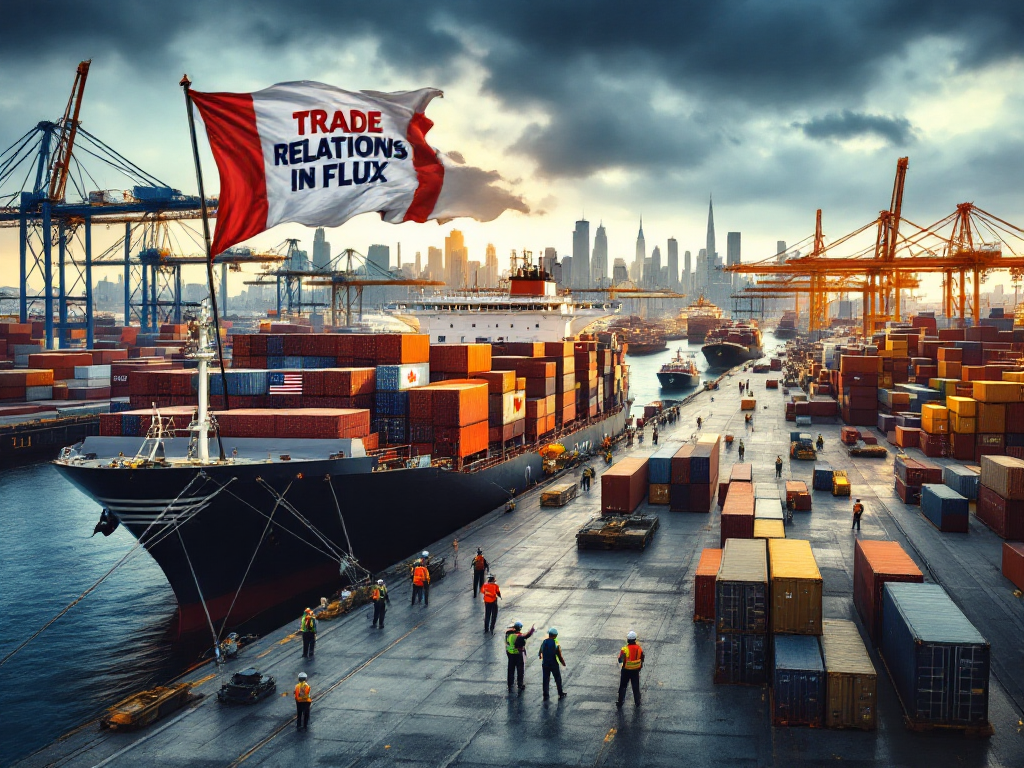
Overview of Trump’s Tariffs on Canada, Mexico, and China: March 2025
In March 2025, U.S. President Donald Trump escalated trade tensions by imposing significant tariffs on imports from Canada, Mexico, and China. These tariffs, which are part of Trump’s Tariffs on Canada Mexico and China: March 2025 Overview, were set at 25% for steel and aluminum imports from Canada and Mexico, and 10% on certain Chinese goods, justified by the administration on national security grounds, claiming that reliance on foreign metals posed a threat to U.S. military and infrastructure.
The decision to impose tariffs in March 2025 drew immediate backlash from Canada, Mexico, and China. Canadian Prime Minister Justin Trudeau condemned the tariffs as unjustified and harmful to both economies, while Mexican officials warned of repercussions for U.S. exports. China, already embroiled in a trade dispute with the U.S., reacted with anger, accusing the Trump administration of protectionism and indicating it would consider countermeasures, further straining relations.
These tariffs are part of Trump’s broader “America First” trade policy, including Trump’s Tariffs on Canada Mexico and China: March 2025 Overview, which aims to reduce trade deficits and bring manufacturing jobs back to the U.S. However, critics argue that such tariffs could lead to increased prices for consumers and disrupt supply chains, ultimately harming the very workers the policy intends to protect.
Analysts warn that such escalating tariffs could provoke a cycle of retaliation, undermining global economic stability. The complexities of international trade relations are highlighted, as countries navigate the fine line between protecting domestic interests and maintaining cooperative trade agreements.
In conclusion, Trump’s tariffs on Canada, Mexico, and China represent a pivotal moment in U.S. trade policy, prompting significant reactions and raising concerns about the potential for broader conflicts. This situation underscores ongoing debates about protectionism versus free trade, with potential ramifications for both domestic and global economies.


